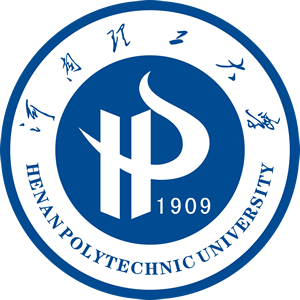
地址: 河南省焦作市高新区世纪路2001号[454000] Tel: 0391-3987069 E-mail: zkxb@hpu.edu.cn,skxb@hpu.edu.cn |

请您访问
|

社会科学版
|
| 供稿: 刘建萍 | 时间: 2018-12-20 | 次数: |
作者:刘建萍
作者单位:对外经济贸易大学思政教研部
摘要:中共在历史的起点树立了鲜明的马克思主义政党形象,但实施了关门主义的政策;中共"二大"提出建设"无产阶级大群众"政党的任务,这是中共在把列宁建党理论中国化的实践中迈出的至关重要的一步;中共"三大"对建设无产阶级群众政党目标的自我否定,使党的自身建设在实践中遭遇挫折;1924年5月第三届中央执行委员会扩大会议和中共"四大"对建设无产阶级群众性政党目标的回归,重新开启了建设群众性政党的探索;1925年10月后从"群众化"到"布尔什维克化"党建目标的树立,达到了这一阶段党建目标的新高度。
基金:教育部人文社会科学研究专项任务项目(10JD710014);
DOI:10.16698/j.hpu(social.sciences).1673-9779.2012.01.009
分类号:D231
Abstract:The CPC established a distinctive image of a Marxist party at the early stage, but implemented a closed-doorism policy.The CPC put forward the task of building a political party of the "proletarian masses" in the second Congress, which was a crucial step in the process of Leninism's Sinicization.But it was denied in the third Congress so that the CPC suffered setbacks in practice.Because of re-establish-ing the goal of building a party of the proletarian masses in the third Central Committee in May 1924 and the fourth Congress, the CPC achieved a great development.The new target at being bolshevized in October 1925 was a new exploration of its building objectives in this period.